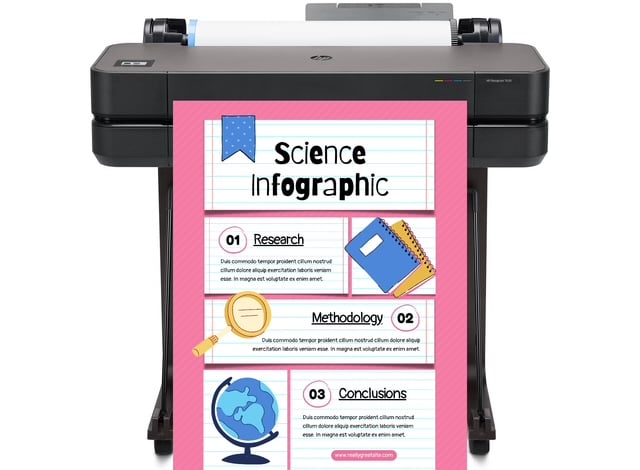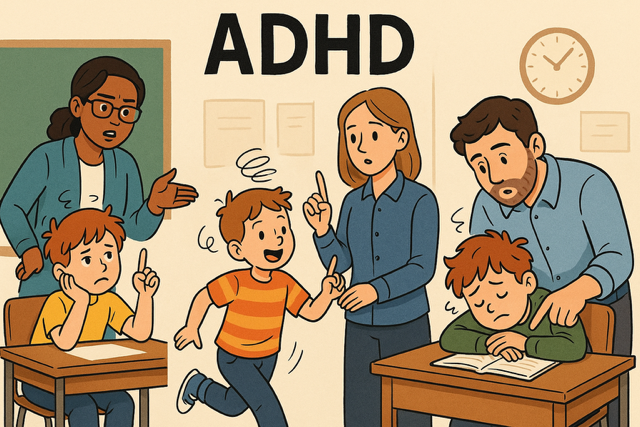
DISCOUNTED EDUCATION PRICING! CALL 1-877-891-8411. We Gladly Accept School Purchase Orders!

Attention Deficit Disorder (ADD) and Attention Deficit Hyperactivity Disorder (ADHD) affect millions of children worldwide, and a significant number of them sit in today’s classrooms. For teachers, especially in inclusive educational settings, understanding how to effectively support these students is not just helpful—it’s essential.
In this blog, we’ll explore common questions teachers have about ADD/ADHD, practical strategies for success, and classroom tips that truly make a difference.
ADD is an outdated term that typically refers to a version of ADHD without the hyperactive behaviors. Today, the umbrella term is ADHD, with three main presentations:
Understanding which type a student exhibits helps tailor classroom strategies for better engagement and behavior management.
While only a medical professional can diagnose ADHD, signs often include:
If these behaviors are persistent and interfere with academic progress, the student may benefit from further evaluation by a school psychologist or pediatrician.
Absolutely not. One of the biggest myths about ADHD is that it’s a behavioral issue or a result of bad parenting. ADHD is a neurodevelopmental disorder. These students aren’t “trying” to misbehave—they’re working with brains that process information and regulate attention differently.
Supporting students with ADHD doesn’t mean completely overhauling your classroom. Small, intentional changes can have a huge impact—and often benefit all learners.
Here are proven classroom strategies that help ADHD students thrive:
Structure is essential for students with ADHD. Start each day with a consistent routine. Use visual schedules and announce changes ahead of time. A predictable classroom environment reduces anxiety and increases task focus.
📝 Tip: Post a daily agenda on the board. Review it at the start of class and check it off together as the day progresses.
Long assignments can overwhelm ADHD students. Break tasks into smaller, manageable parts with checkpoints or mini-deadlines.
✅ Example: Instead of saying “Write your book report,” say “First, list 3 things you liked about the book.”
Students with ADHD can get lost in lengthy directions. Give short, direct steps. Use checklists or repeat instructions if needed.
🗣️ Pro Tip: After giving instructions, ask the student to repeat them back. This confirms understanding and reinforces memory.
Sitting still is especially hard for hyperactive students. Allow opportunities for movement during lessons.
💡 Ideas:
Seat students with ADHD near the teacher or away from high-traffic areas. Avoid distractions like windows, doors, or talkative peers.
🎯 Goal: Maximize attention while minimizing distractions—without isolating the student.
Giving students agency helps them feel more in control and less oppositional.
🎨 Examples:
Students with ADHD often receive negative feedback. Make it a point to celebrate effort, even if the outcome isn’t perfect.
🏆 Try This: Use a reward system that tracks progress toward goals (e.g., stickers, points, praise notes home).
Help ADHD students understand that struggling with focus doesn’t make them “bad” or “stupid.” Teach them how the brain works, and praise resilience and perseverance.
🧠 Mindset Shift: “You haven’t learned this yet” is more powerful than “You’re not good at this.”
In many cases, students with ADHD qualify for 504 Plans or IEPs. Some common accommodations include:
If you suspect a student needs formal support, start documenting behavior and collaborate with special education staff or school counselors.
Students with ADHD often struggle with emotional outbursts, anxiety, or frustration. Equip them with tools for self-regulation:
🧺 Tools for a Calming Corner:
Let students know it’s okay to take a break—before they explode.
Supporting ADHD students can be challenging and emotionally draining. Don’t try to be a superhero.
Remember, your mental health matters, too.
More than anything, students with ADHD need connection, compassion, and consistency. Behind every impulsive outburst, incomplete assignment, or wandering mind is a child trying to navigate a world that often doesn’t fit how their brain is wired. When teachers lead with empathy instead of frustration, they create a safe, supportive space where growth can happen.
Students with ADHD don’t need to be “fixed.” They need to be seen. They need educators who believe in their potential, who value their creativity, and who are willing to meet them where they are—without judgment.
Yes, structure and strategy are important. But they are only effective when built on a foundation of trust and genuine connection. Take time to learn what motivates them. Celebrate progress, not just perfection. Offer grace when they stumble. And always, always remind them that they are capable.
Because ADHD doesn’t mean a student can’t learn.
It simply means they might learn differently.
And with the right support, they can go farther than anyone imagined.
When we choose connection before correction, we don’t just change behavior—we change lives. School visuals significantly help students with ADD and ADHD.